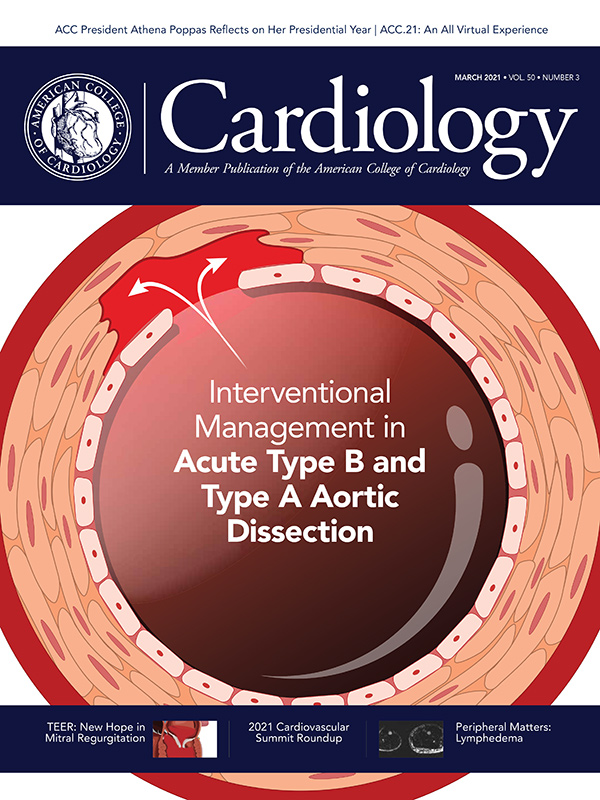Quality Improvement For Institutions | Closing Gaps in Care With ACC’s Reduce the Risk: PCI Bleed Quality Campaign

Actionable knowledge can improve care. Proof in point: a 17% reduction in observed PCI bleeds after just one year among the more than 200 hospitals participating in ACC's Reduce the Risk: PCI Bleed Quality Campaign.
How does it work? The innovative quality campaign centers around the following six evidence-based metrics that have been shown to reduce bleeding risk in PCI patients:
- In-hospital risk-standardized rate of bleeding events for all PCI patients
- Proportion of PCI procedures with transfusion of whole blood or red blood cells
- Procedures with an observed bleeding event
- Anticoagulation utilization
- Access site utilization
- Method for closure for arterial access site
Participating hospitals and institutions – all of which also participate in the ACC's CathPCI Registry – are able to leverage their registry data to anticipate, prepare and save lives. They also have access to an assessment to help determine strengths and identify areas for improvement and use of targeted resources to help with implementation and ultimately closing of the gaps in guideline-based care.
The assessment is taken at the outset to highlight facility-specific opportunities for improvement and help multidisciplinary teams determine feasibility and how best to operationalize and implement changes. "The assessment can also be taken again any time to track improvement in processes that have been implemented," says Andrea Price, MS, AACC, the national chair of the Reduce the Risk: PCI Bleed campaign.
In addition to the assessment, campaign participants have access to 17 different tools that tie back to the six metrics. The tools are further grouped to focus on specific roles through the flow of the procedure: preprocedural, intraprocedural, postprocedural, pharmacotherapy and EHR Integration.
"These tools were designed with the entire cardiac care team in mind," notes Price. "All are evidenced-based and designed for hospitals to adapt to complement their local resources and strengths of the care team. According to Price, the tools also cross walk to NCDR Executive Summary metrics, providing added transparency and an opportunity for hospitals to laser focus on tools that may impact specific post bleeding events, such as RBC transfusion or access site injury.
"There is no single solution to improve observed bleeding events in patients who undergo a PCI," says Price. "The Reduce the Risk: PCI Bleed campaign is able to facilitate change by offering hospitals the tools necessary to determine the solution that works best for them."
High Five!
The most downloaded tools from the Reduce the Risk: PCI Bleed toolkit are:
- Hematoma classification and CPCI definition
- Early warning signs of a vascular complication after PCI
- Risk-concordant framework for bleed avoidance strategies
- Post PCI Sheath removal protocol
- General considerations for anticoagulation and antiplatelet therapy in PCI
Click here to access these and other tools for reducing PCI bleeding risk. The tools are free and open to anyone to use.
Clinical Topics: Anticoagulation Management, Invasive Cardiovascular Angiography and Intervention
Keywords: ACC Publications, Cardiology Magazine, Platelet Aggregation Inhibitors, Motivation, Quality Improvement, Percutaneous Coronary Intervention, Centers for Medicare and Medicaid Services, U.S., Feasibility Studies, Hemorrhage, Health Services, Blood Transfusion, Blood Coagulation, Hospitals, Registries, Physicians, Hematoma, Anticoagulants, Patient Care Team, Patient Care Team, Erythrocytes
< Back to Listings

